Sweet Cheese Pies. Easy Desserts from Mom’s Recipe Book
Sweet Pockets
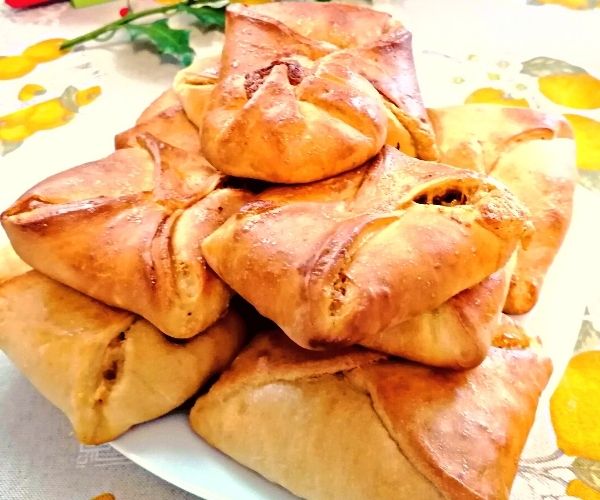
Cheesecakes in any form and shape are widely present in international cuisine. The sweet cheese pies I will talk about today are a traditional Moldavian recipe from Northern Romania.
This post may contain affiliate links, which means I will receive a commission if you purchase through my links at no extra cost to you. Please read the full disclosure for more information. Thank you!
This recipe, as many on this blog, is from mom’s recipe book that was filled with delicious dessert ideas she collected from her friends. If she liked a cake when she was a guest in their house, mom would ask for the recipe, then she baked it herself and improved it or added changes that suited her tastes if it was the case.
Today I own her original recipe book, with countless recipes written with blue ink in her unique handwriting. The pages might be a bit weathered and have some ingredient stains here and there, but the recipes are still impressive, and they still recall beautiful childhood memories every time I bake.
Whether I make her non-bake homemade chocolate, which was the ultimate treat for us kids growing up under a hard to image restrictive communist regime or if I bake her exquisite upside-down apple cake, I always remember with fondness the smell of mom’s kitchen.

I still have lovely memories of how fun it was to watch her bake and lick the bowls of whipped cream when she was not looking (I know now that she was only pretending!)
When I was about twelve years old, mom trusted me to deal with the gas oven and food safety and let me take over from her with the weekly baking. I don’t think I ever stopped since that moment.
Mom’s recipes are easy to make because she never believed in overcomplicating things. Over the years, she made sweet cheese pies or sweet pockets (as we called them) many times – on popular demand.
Since I discovered how easy mom’s sweet cheese pies are to bake, I gave them many a try. My family loves them, and our British friends were incited to learn about these edible pockets’ history (and eat as many as possible!)
A Pie With a Long History
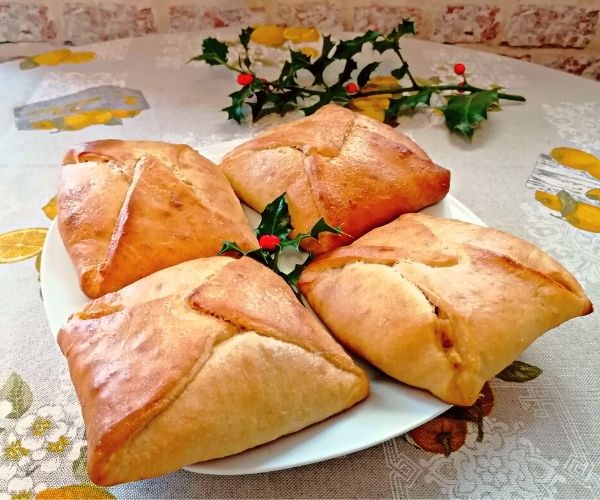
The Romanians have called these pies “poale’n brâu” for centuries. That translates literary to “the bottom of the skirt raised to the waistband”. Why? Perhaps many years ago, women would wear their skirts as improvised bags to carry whatever they would forage in the forest or a small bunch of twigs for the fire. Ever so practical!
When you make sweet cheese pies, you have to stretch the corners and cover the cheese filling as in an envelope or a pocket; perhaps that is visually similar to pulling the rim of the skirt and tugging it under the waistband.
Historically, the great pharaoh Ramesses II, known as Ramesses the Great for his military prowess, seemed to have been addicted to this dessert. So much so that he took some with him in the afterlife. The archaeologists have discovered traces of pies filled with honey in his burial place in the Valley of the Kings. (By the way, the great pharaoh did depart in style, his funerary temple – not tomb! – measures 820 sqm/8800 sq. ft. and included a library with thousands of papyri; if you wanted some non-cheese pies related facts!)
Next in the chronological line of civilisations, the Greeks carried on making pies they filled with fruits.
The affluent Romans, great lovers of lavish banquets, would fill the pies with meats or cheese.
In Medieval Europe, the pies were the favourite dessert of pilgrims and royal heads equally. The latter would have them filled with peacock meat because they could afford it!
The sweet folded pies made it to the Americas simultaneously with the great adventurers who remained in history as the discoverers of the New World (that turned out not to be India, which they were looking for). In fact, the said “new” world had been there for quite a while and was doing just fine.
That is until some intrepid Europeans sponsored by potent kings and queens eager to grab more riches stumbled upon and accidentally “discovered” it. The rest is history, the gift of smallpox and cholera the Europeans bestowed upon the unvaccinated prehistoric civilisations of America set the New World on the road to becoming what it is today.
The filling for the pies adapted to whatever was available on the continent (forest fruit or specific fruit).
To this day, the English fill the pies with meats mostly. In 2018 a large bakery chain that makes pasties at an industrial scale and sells them in many shops around the country was the first to announce a billion-pound profit.
Our pie went a long way from a pharaoh’s table to making someone a billionaire.
I just can’t help a little history dig!
Is There A Time Of The Year For Sweet Cheese Pies?
Traditionally Romanians would bake them around Christmas or Easter time. At our house, mom would bake them often – on popular demand!
Not only do these sweet little pockets make a delicious treat, but they are perfect for a lunch box too or a picnic basket.
Mom made these sweet pockets (as we called them) countless times when I was a kid. Since I discovered how easy the sweet cheese pies are to bake, I gave them many a try as well.
My family loves them, and our British friends were incited to learn about this treat’s history (and eat as many as possible!)
Below is some kitchen equipment that would be helpful in baking sweet cheese pies and not only:
This was the story of sweet cheese pies, now, the recipe. Please give it a go and leave a comment to share your baking experience!
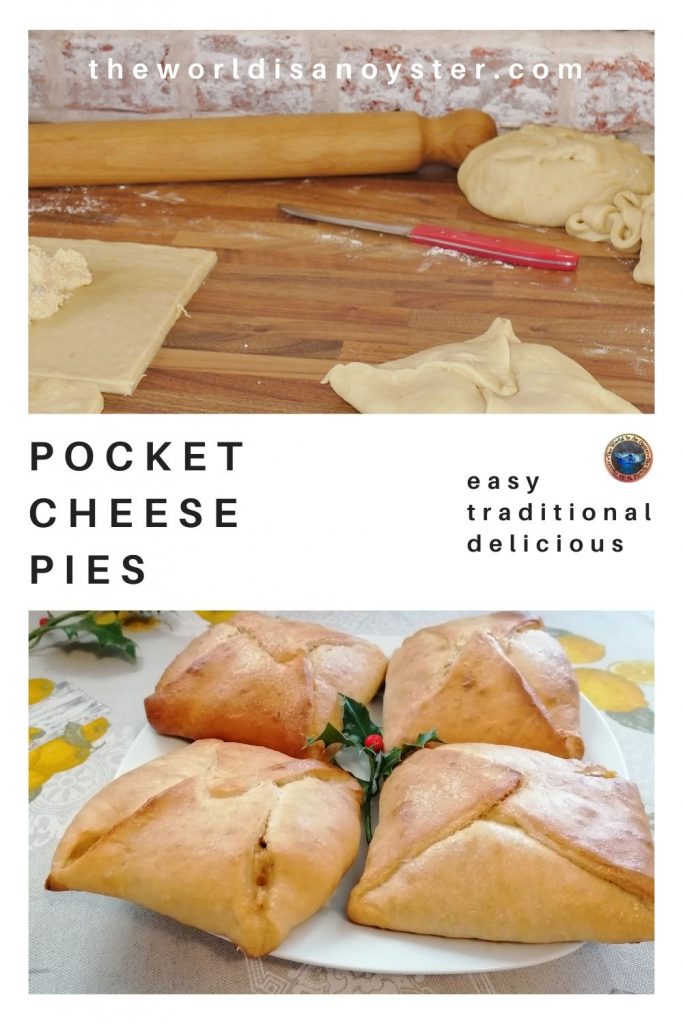

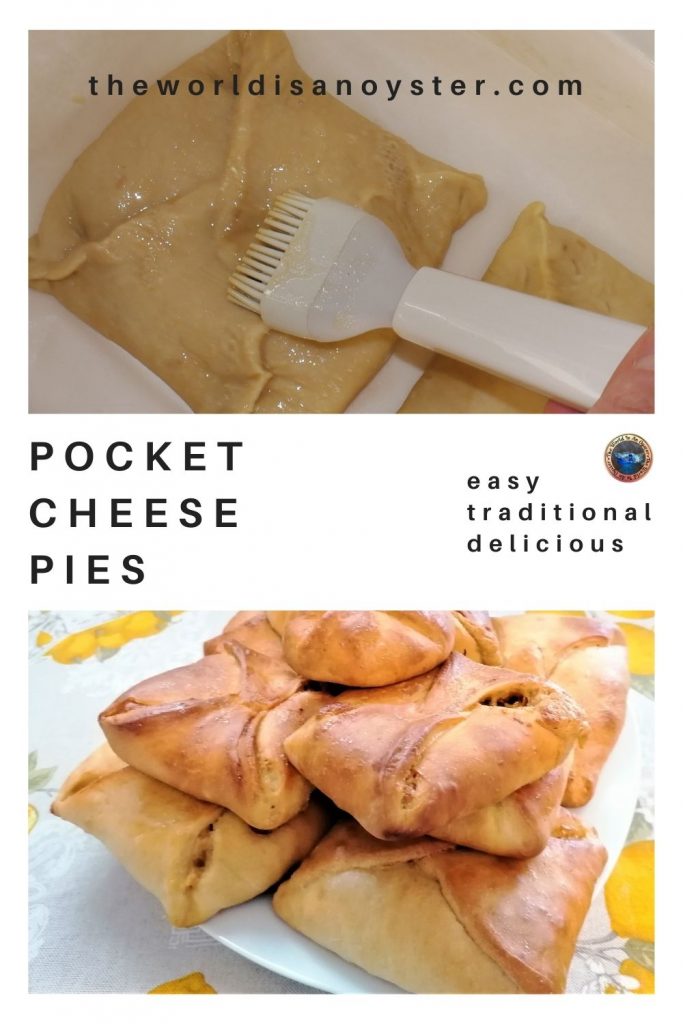
Sweet Cheese Pies
Equipment
- Two large bowls
- Small bowl
- Rolling Pin
- Baking tray/parchment
- Large spoon
Ingredients
- 700 g plain flour (2 ½ cups)
- 2 eggs
- 1 tbsp coconut sugar
- 1 tsp dried yeast
- 400 ml milk (1 ½ cup)
- 10 tbsp melted coconut oil
- lemon zest
- a pinch of salt
For the filling
- 500 g cheese – homemade or similar to cottage cheese (not salty!) (2 pots)
- 3 egg yolks (save the whites for later use)
- a handful of raisins
- orange zest
- rum oil essence
- 1 tbsp semolina (optional/if needed)
Instructions
- Making the dough is similar to ciabatta bread; the main difference is that for the pies, we use milk and sugar. Also, the rising time is a lot shorter for this dough.
- Mildly heat the milk and melt the coconut oil. Mix the wet ingredients and, while still warm, pour the mix over the dried yeast combined with sugar.
- Allow a few minutes to activate the yeast, then sieve the flour over and box it until you obtain a firm but easy to manipulate dough. Let it rise for about three-quarters of an hour (or until it doubles in quantity).
- Meanwhile, prepare the filling. Place the cheese in a large bowl (the cheese has to be dry; remove any excess liquid before use). Add the egg yolks, sugar, raisins, orange zest and rum essence. Mix well until you obtain an even composition.
- If you believe it is too soft, add the semolina (increase the quantity if necessary; it will absorb the excess humidity.) The filling has to be balanced, not too soft, but not too hard either.
- Preheat the oven(180°/356°F/gas mark 4) and place a parchment sheet in the baking tray.
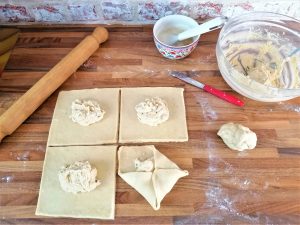
- Using a roller pin, spread half of the dough on the flowered worktop. Cut the dough sheet in squares of about 10-15 cm/5-6 inches. With a spoon, place a dollop of the cheese filling in the middle of each square.
- Gently pull out each corner of the dough and fold it to the middle until you cover the entire filling. I always make sure to pinch the edges softly and glue them together so that the cheese does not spread out in the oven. Also, compress the middle of the pie to help distribute the cheese evenly inside the pocket.
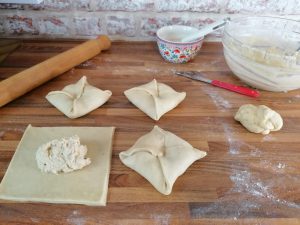
- Beat the egg whites with a little bit of sugar. Use a brush to splodge the top of each pie. The purpose of this step is to create a shiny and sweet film.
- Alternatively, use only the eggwhites for coating and sprinkle powder sugar when the pies are ready to obtain a snow effect.
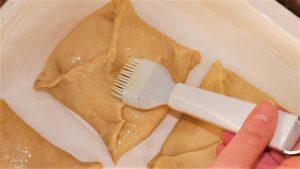
- Bake for 10-15 minutes – or until the pies turn golden.
- Allow to cool before serving.
Notes
Make yourself a nice cup of coffee to have with a sweet cheese pie; you deserve it after all the work!
Enjoy!


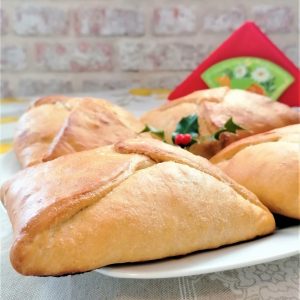


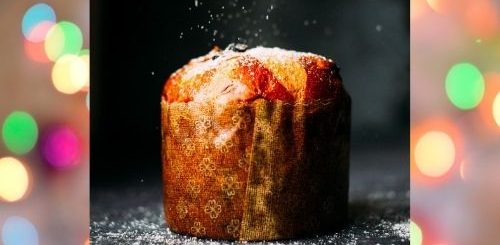



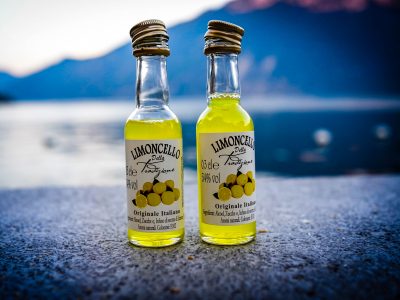










These cheese pies were delicious! I made them with ricotta and they turned out amazing!
It was so good, everyone loved this.
It’s good to hear it:)
What a great history on these sweet cheese pies! They were a big hit with my family! Thanks!
Thank you, I’m glad you enjoyed both:)
These look amazing, and I love the stuffing! A must-try for me!
Please do!:)
This recipe looks great, can’t wait to make this.
delicious recipe, thank you!
OMG this is so good! Love the addition of the raisins!
These are delicious and I love the history!
Sweet cheese pie looks delicious perfect dessert.
These were so good! My kids loved it!
This will be perfect for our dessert this weekend! So delicious!
I love the history behind these!!
My kids love these pies.
That’s great, perhaps they would like to give you a hand?:))
Love the historical context given for these – they look delicious!
Thank you, Sue, appreciated:)
I absolutely loved these sweet cheese pockets!
Glad to hear it and I hope you’ll give them a try!:)
I love the filling in these cute sweet pies. I added cinnamon too!
I never tried cheese with cinnamon, but I’ll remember next time:)
I love that you provided the history also! This looks so yummy!
They look delicious! The history is so interesting!
These pies look absolutely mouth-watering. Thanks for sharing the history behind the pies I always like to know the history or story behind a dish or pastry. It makes me appreciate the particular food more.
This looks so good! I will have to try this
These look so good! I can’t wait to try them!
This delicious recipe looks like a crowd pleaser for the holidays! I look forward to trying to make a keto version! Thanks for sharing!
These look so cute! And reminds me of the time i was a kid!
I loved learning about the history of pies because I had no knowledge of it prior to reading your post! Not to mention, these look amazing. Thank you for sharing!
these look amazing and I want to try them so bad
Will have to try this!!!
Wow! I was impressed by all the research you did! I never would have thought this dessert went all the way back to the days of Ramessess II!
I have never tried cheese pies before. We have a snack that looks very similar in India, but it is spicy as hell. Never expected this to be a dessert but sounds lovely. I will definitely be making this soon. Kudos!
These look like such a treat!
Nathalia | NathaliaFit – Fitness & Wellness Blog
http://www.nathaliafit.com
This sounds delicious. Thank you for sharing.
My grandma used to make them every Sunday when we visited. I love them! I’m not sure why I never tried to make them myself, but you gave me a wonderful idea
These look so good! I’m convinced everything is better with cheese! Can’t wait to make these!
These look very tasty good recipe
This looks amazing! I am not a “baker” but putting this on my short list for an adventurous day.
I am a Romanian and i can say this is very tasty.. my mom made me something like this monthly….
Yep, it was a dessert often present in my childhood as well.
I love anything European, especially pastries! Some people in my country (Madagascar) still use their skirts to carry stuff lol, so your article brought back a fun memory to me.
This recipe looks so good. I can’t wait to try it!
I remember pictures of famous nineteenth-century Romanian painters showing country girls carrying bundles of wheat on the fields. The skirts were a lot longer than today, which probably is the case in your country. Imagine going today to some supermarket in London with no bags and wearing a mini skirt! LOL
love that little trivia of where this came from, such a delightful treat. Thank you for bringing me everywhere with your blogs.
I am so glad you enjoy reading! That was my purpose from the beginning: taking people to places through stories, might they be travel, love or food stories!
I love cheesecake, and you’ve introduced me to a new way of preparing it! These cheese pockets look decadent and delicious. Thank you for the recipe and the informative article describing the history behind it.
Thank you, I am glad you enjoy reading the non-recipe part.
It was fun learning all about these treats and they sound delicious! I’ve never tried something like this before but I’m excited to give it a go!
I love hearing the history behind a dish. Could I use a ricotta for this recipe?
Yes, I have used ricotta before. It might require a bit more semolina. Enjoy!
I absolutely love the way you bring history into your recipes! These cheese pockets look and sound absolutely addictive.
Thank you so much, Cindy! History is one of my addictions (coffee and sweets are the other two 😂)
Detailed post and delicious loooking pastries.
I enjoyed this article so much! Can’t wait to try out this new recipe!!! thanks for sharing.
Not only do I love this recipe, I love how you bring in the meaning attached to the recipe … your own childhood meaning and the history of cultural ties.
Thank you, Karletta! A brain in a perpetual overdrive state would always turn the wheels, even when munching on goodies!😄
Thank you for sharing the history of these cheese pockets! I enjoyed learning about how they came to be. 🙂 I’m sure the orange zest and rum oil will be a delicious combination. And I love that the dough is yeasted because often hand pies use pastry dough. Thanks for the recipe!
Thank you, Alyssa. Yes, the method is a bit different, but the result is so good!